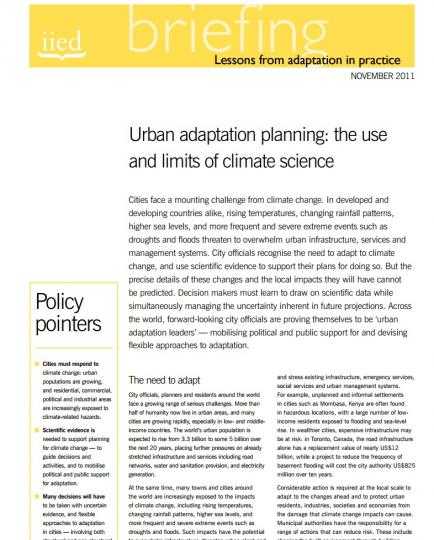Cities are vulnerable to many types of shocks and stresses, including natural hazards like storms and sea level rise, but also man-made ones like economic transformation and rapid urbanization. These shocks and stresses have the potential to bring city systems to a halt and reverse years of socio-economic development gains. Cities that are to grow and thrive in the future must take steps to address these shocks and stresses.
Cities are vulnerable to many types of shocks and stresses, including natural hazards like storms and sea level rise, but also man-made ones like economic transformation and rapid urbanization. These shocks and stresses have the potential to bring cities to a halt and reverse years of socio-economic development gains. Cities that are to grow and thrive in the future must take steps to address these shocks and stresses. Simply put, a resilient city is one that can adapt to these types of changing conditions and withstand shocks while still providing essential services to its residents.
This study is designed to analyze the energy efficiency policies in seven countries that were successful in achieving low energy intensities or in reducing their energy intensity considerably. The study analyzes the evolution of the energy intensity of these countries from 1990 to 2007, identifying points of inflection in the progress towards improvements. Changes to the policy agenda immediately upstream are explored in an effort to identify cause and affect relationships in energy efficiency improvements.
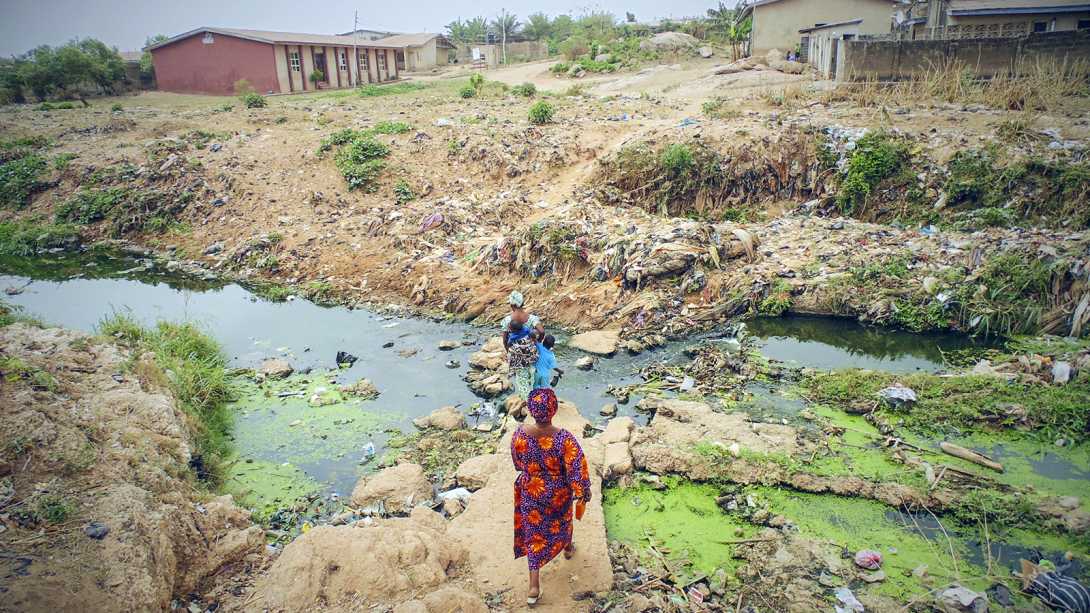
The need to build climate & disaster resilience in cities – Project example in Ibadan Urban Flood Management Project (IUFMP)
<p><img alt="" src="/sites/default/files/images/Resilience-Africa-crop.jpg" style="width: 1000px; height: 563px;" /></p>
<p style="text-align: center;"><em>Oyo State Officials, Project Implementing Unit, and World Bank team visit project sites and effected communities. Photo Credit: Ivan Bruce</em></p>
<p>Ibadan is the third largest metropolitan area in Nigeria after Lagos and Kano, with a population of 3.1 million. The population of the city has been rapidly grown from around 60,000 in the early 1800s and is projected to reach 5.6 million by 2033. In this regards, the city’s urban footprint has also increased considerably to its current extent. This sprawl is primarily due to weak land use planning, leading to low population densities especially when <a href="http://www.citymayors.com/statistics/largest-cities-density-125.html">c… to other large cities</a>. This sprawl increases contributes to the unsustainable costs of infrastructure development and maintenance, which reduce the urban efficiency.</p>
<p>Ibadan is also highly exposed to frequent flooding events. The latest flood event on <a href="http://www.bbc.com/news/world-africa-14774793">August 26, 2011</a> caused the death of more than 120 people and serious damage to key infrastructure. Many bridges collapsed, roads washed away, and the Eleyele dam and the waterworks were severely impacted, which has not been functional since then.</p>
<p>The previous responses to the flooding events have been piecemeal. It was primarily focused on alleviating immediate and short-term needs, using traditional methods and materials such as concrete. However, there is a greater shift in policy emerging from the Federal and State levels; the paradigm has changed from “reactive disaster response” to “preventive flood risk management.” Recognizing the need for an integrated and long-term solution to flooding in Ibadan, the Oyo State Government requested the World Bank's support. <a href="http://www.worldbank.org/en/news/press-release/2014/06/17/nigeria-world… Ibadan Urban Flood Management Project</a> (IUFMP) a $200 million IDA credit aims to repair and improve several of the critically damaged infrastructure affected by the floods of 2011, strengthen community-based resilience capacity, and provide support for risk assessment and early warning systems to mitigate any future flood occurrences.</p>
<p>The adoption of a framework design approach for the Ibadan Urban Flood Management Project (IUFMP) effectively sets the “rules of the game” and allows infrastructure investments to be selected on a dynamic basis following the adoption of strategic city Masterplans – drainage, solid waste, urban. The masterplan studies will provide the opportunity to create a balance of investments in structural and non-structural.</p>
<p><img alt="" src="/sites/default/files/images/Resilience-Africa-3-crop.jpg" style="width: 1000px; height: 563px;" /></p>
<p style="text-align: center;"><em>Discarded waste of plastics fills the dry river bed until the rainy seasons begins. Photo Credit: Farouk Banna</em></p>
<p>The clear connection between solid waste and flood is alarmingly evident in Ibadan, a disconnected solid waste management has become an enormous challenge, which is severally contributing to the cities capacity to cope with flood scenarios, and contributes to the poor environmental conditions, as much of the waste is being burnt releasing harmful pollutants effecting the cities air quality.</p>
<p>During our mission we discovered that <a href="http://www.atlas.d-waste.com/Documents/Waste-Atlas-report-2014-webEditi… of the world largest dumpsites</a> were in Nigeria, and in fact two of those dumpsites are in Ibadan considering the relatively low population is particularly alarming. It is program within the project to assist in creating a solid Waste Masterplan, although to ensure sustainability a major focus is needed to change behavior and to educate communities on the effects of discarding trash.</p>
<p>Which reminded me a rap video created by a young Hip-Hop group from Kenya, which features members of TS1, winners of Connect4Climate’s Voices competition, and using music to raise awareness of the issue of trash and the potential opportunities. This approach alone will not solve issues of solid waste in Nairobi, but certainly highlights the necessity of engaging in youth and creative industries in tackling complex issues. </p>
<p>[video:https://vimeo.com/7183252]</p>
<p><br />
</p>
<p> </p>
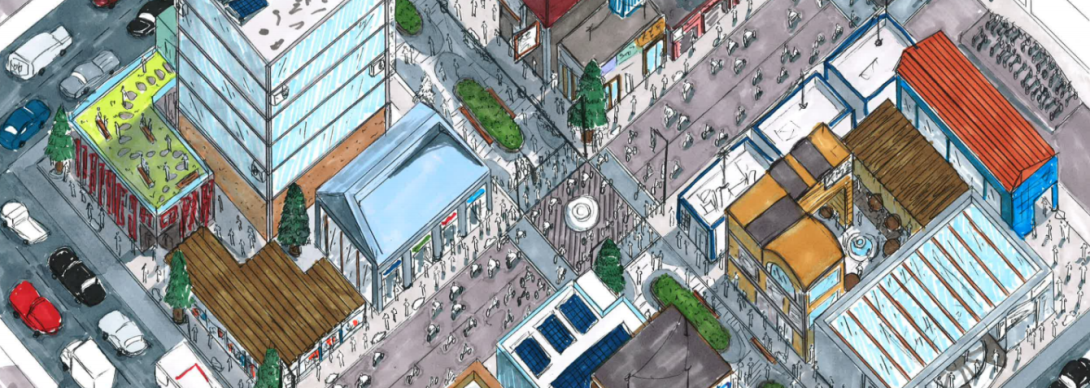
The Green and Smart Urban Development Guidelines provide a simple yet high-quality formula to set a new default for Chinese cities.
City life in today’s China is taking new shapes. Chenggong, a new city district outside of Kunming, is being built in small blocks to tilt transportation towards walking and away from driving. Board a bus in Guangzhou, and the doors open all at once in subway-like fashion before the bus motors down an exclusive BRT lane, cutting congestion and costs. Other neighborhoods, such as Liuyun Xiaoqu, are reinventing their cityscapes by creating car-free zones where pedestrians can walk and shop without the hazards and omnipresent pollution of cars.
While we are continuously learning more about what makes human habitats both livable and sustainable, a consensus has emerged on the most foundational and necessary design principles. Last year, China Development Bank Capital, Energy Innovation, and Energy Foundation created the Guidelines for Green and Smart Urban Development to outline these design principles. The guidelines are highly aligned with the Chinese government’s recent efforts to redirect cities away from sprawl and towards sustainability.
We found that there are 12 that are the most important for urban designers, planners and developers to incorporate into the planning stage. Our approach quantifies these principles to prevent greenwashing. The beauty of these design principles is that they are simple – anyone can understand them and evaluate the sustainability of their own city.
Please download the full report here for details on metrics, best practices, and case studies.
Here is a quick rundown of our 12 Green Guidelines:
1. Urban Growth Boundary: We recommend that every city has an urban growth boundary to prevent sprawl, encourage infill development, and preserve natural resources.
2. Transit-Oriented Development: Transit capacity must be matched to density. This provides better access to public transit and decreases car use. Ensuring that the greatest number of people have access to the best transit options is vital to decreasing car use.
3. Mixed-use: The intermingling of residential, commercial, and residential uses guarantees residents access to amenities. We recommend that all residents should be at least within 500-meter radius of at least five basic amenities.
4. Small Blocks: Small blocks create a dense mesh of narrower streets and paths that are more pedestrian friendly. They shift people away from cars, which can also improve air quality. They also optimize the flow of traffic.
5. Public Green Space: Attractive public spaces can bring vitality to any city space. Oriol Bohigas, a famous Spanish urban planner, said that “public space is the city.” Without enough public green space, high levels of density can make urban areas feel crowded and uncomfortable. Green space also improves local air quality.
6. Non-motorized Transit: Of the Theory of Relativity, Albert Einstein said, “I thought of that while riding my bike.” The most attractive cities in the world emphasize the pedestrian environment at a human scale. Walking and biking require less energy than any other type of transportation. Before cars, cities were designed for people. For example, as shown in the photo below, older areas in Shanghai tend to have more people-friendly design characteristics that make them more walkable, bike-friendly, and livable than newer areas.
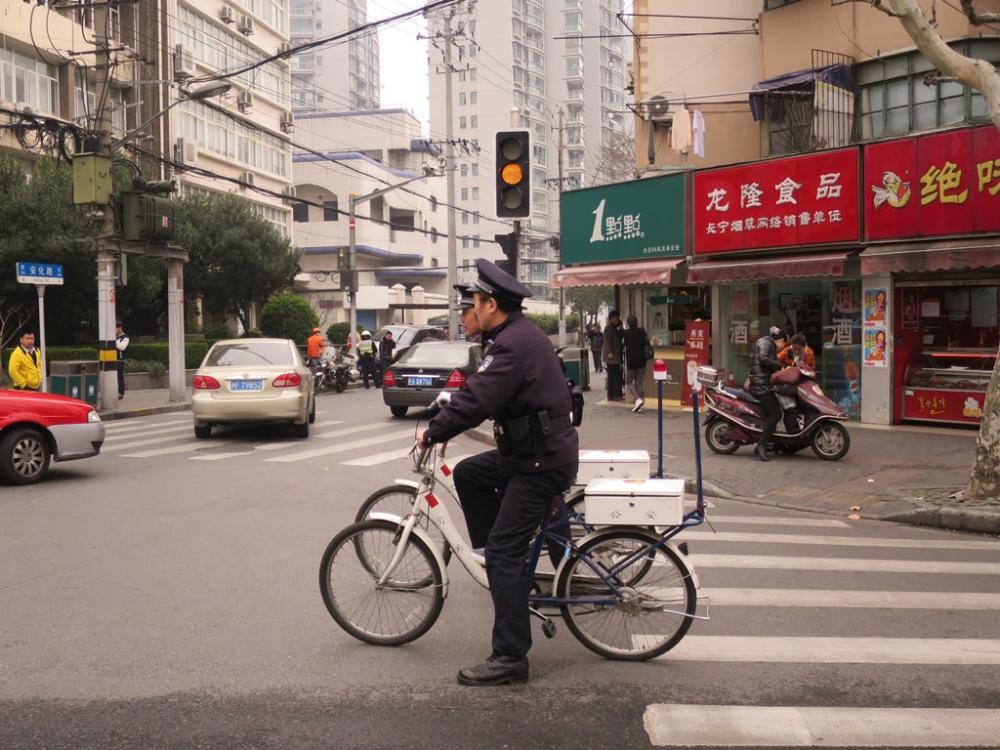
Older parts of Shanghai boast narrower roads, more storefronts, and well-designed sidewalks and pedestrian crossing areas (Source: CC Huang).
7. Public Transit: If public transit is a first-class option, people will often choose not to drive. However, public transit must be well-integrated with biking and walking to solve the “last-mile” question of how people will get to their final destinations.
8. Car Control: Even with just one-tenth of Chinese currently owning a car, the major cities already have serious pollution and congestion. Car control will be essential to make streets safer for children and the elderly, alleviate costly congestion and pollution, and rejuvenate public space.
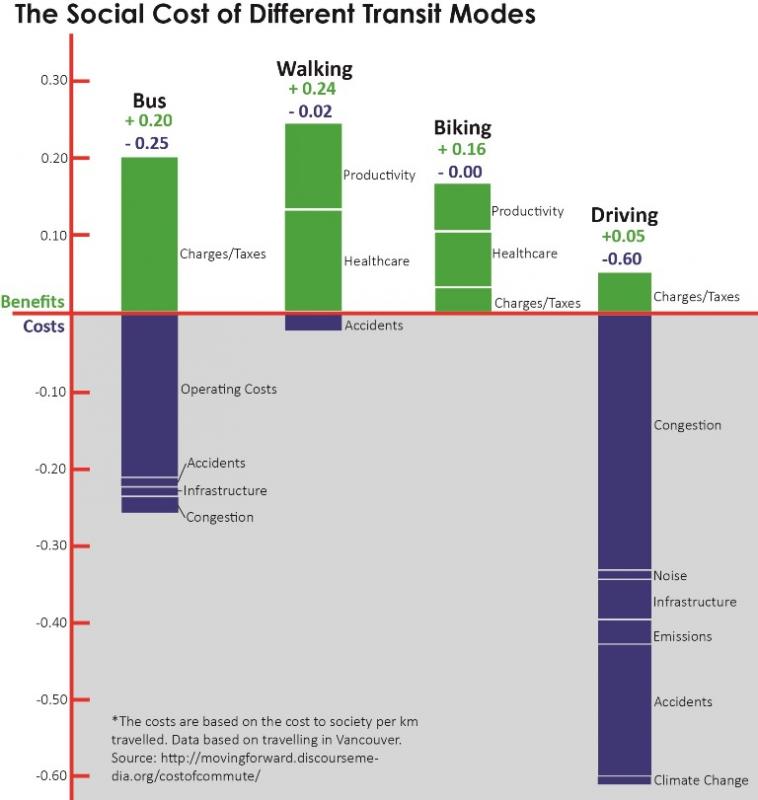
The social cost of driving is often not accounted for when cities are making economically based decisions around urban development (Source: CC Huang).
9. Green Buildings: Buildings account for a significant amount of urban emissions. Green buildings, especially when their energy use is properly monitored and managed, can mean significantly less emissions, improved air quality, and more comfort for users.
10. Renewable and District Energy: District energy can result in 30-50 percent reduction in primary energy consumption. Renewable energy is also falling rapidly in cost and increasing in efficiency.
11. Waste Management: For waste management to be sustainable, a significant amount of waste must be diverted from landfills. All buildings should have a waste classification system so that most waste is either composted or recycled.
12. Water Efficiency: Water-efficient fixtures, appliances, and plants can easily decrease water use. Buildings should implement water-saving appliances and green spaces surrounding buildings should use low water-use plants. Wastewater and rainwater should also be recycled and re-used.
Cities around the world have already put all 12 guidelines into practice, demonstrating their success in creating holistic sustainability, prosperity, and livability. Portland and Stockholm are two leading examples. Benefits include decreased climate impact, improved conservation, economic savings, and higher quality of life. Even car-centric cities like Los Angeles are now developing public transit and adding more biking and walking paths.
Chinese cities are also going green. Few have been able to put all of the pieces together as of yet, but new opportunities are arising. The 12 Guidelines are being implemented in a pilot project tin Shijiazhuang, the capital city of Hebei province, over the coming years. With the urban population expected to swell in China over the next 15 years, the guidelines offer these growing cities a roadmap for how to proceed towards a sustainable future.
Banner image: This artistic rendition of a walkable urban area shows paths dedicated to biking and walking, small blocks, car control, and public space (Source: Boshi Fu).
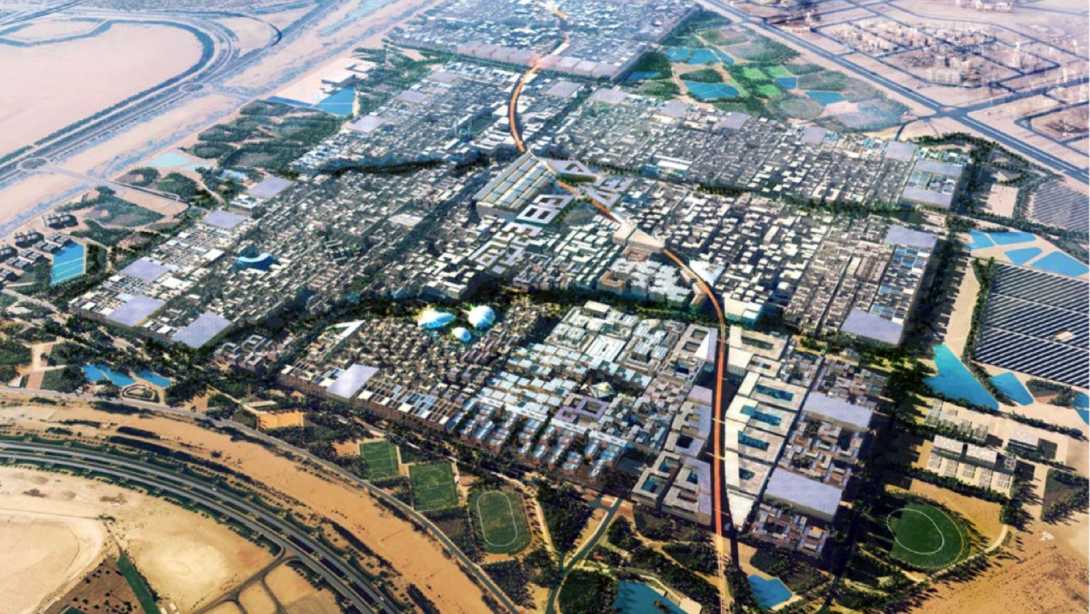
Connect4Climate and Urban Specialists from the World Bank Group were invited to present during the EcoCity World Summit held in Abu Dhabi in October last year.
<p style="text-align: center;"><img alt="" src="/sites/default/files/images/EcoCity2015%20copy.jpg" style="width: 1000px; height: 563px;" /></p>
<p style="text-align: center;"><em>Salim Rouhana speaks on a panel at EcoCities World Summit, Abu Dhabi, 2015.</em></p>
<p>The current structure and development of modern Arabian cities seems to go against the current trend of promoting sustainability. In contrast it appears that urban sprawl featuring car oriented growth and individual housing proliferation is the name of the game. This is extremely visible in the suburban development of cities such as Riyadh, Abu Dhabi, and Doha.</p>
<p>It is often argued that previously tribal or rural societies have to go through this transition prior to attaining a social and spatial optimum of urban living. This is partially true. Arab countries, especially in the Gulf, have been and still are urbanizing rapidly, principally driven by oil-based economic growth and transformation. This urbanization was accompanied by massive public investments in infrastructure and service delivery extremely useful, but could in certain contexts be inefficient due to sprawl. This sprawl also affects lower middle income and poor communities that can less afford the suburb-to-city center commutes.</p>
<p>Most Arab governments are continuously struggling and torn between the need for efficiency and compact urban development, and sprawl, presumably driven by social preferences and behaviors. Environmental arguments despite their importance do not suffice to curb this development trend. Financial incentives and behavioral shifts are needed, to encourage? new urban residents to live in more compact settings.</p>
<blockquote class="twitter-tweet" lang="en">
<p dir="ltr" lang="en">World leaders discuss the challenge of building sustainable cities. <a href="https://twitter.com/SalimRouhana" target="_blank">@SalimRouhana</a> present <a href="https://twitter.com/Connect4Climate" target="_blank">@Connect4Climate</a> <a href="https://twitter.com/ECWS2015" target="_blank">@ECWS2015</a> <a href="http://t.co/idHus6AE9k" target="_blank">http://t.co/idHus6AE9k</a></p>
— Connect4Climate (@Connect4Climate) <a href="https://twitter.com/Connect4Climate/status/653314523772887041" target="_blank">October 11, 2015</a></blockquote>
<script async src="//platform.twitter.com/widgets.js" charset="utf-8"></script>
<p>Governments should be looking at the demand and outcome factors and the impacts of density. On the first, fiscal (and other financial and non-financial) incentives are essential to curb developers but also consumers, into vertical living. On the outcome end, dense and compact cities, and the economies of scale they create, as proven in many researches, are directly correlated to innovation fostering, primarily due to the proximity and agglomeration effects.</p>
<p>This said, sustainable building dynamics take time to shift, working simultaneously on both policies and behavior shifts remain important to accelerate this transition. The notion of common urban good, space, environment, and culture, are more appealing to the younger generations, and so there is an opportunity not to be missed to have them part, but also drivers, of this transformation. This process is ongoing in other regions of the world such as Europe and Latin America, where smart and inclusive urban development was part of this transformation process.</p>
<p style="text-align: center;"><img alt="" src="/sites/default/files/images/MasdarCity-crop.jpg" style="width: 1000px; height: 563px;" /></p>
<p style="text-align: center;"><em>Masdar City Render. Photo Credit: Foster & Patners</em></p>
<p>Changes, however, seem to be coming - none radical, but soft measures that could lead us on to better city environments. Governments are passing clear messages to citizens that subsidies will be reduced on services and housing, perhaps driven by the drastic drop in oil prices and the reduction of resources. In addition, Governments are starting to experience direct linkages between densification, sustainability, livability, and competitiveness.</p>
<p>What we are seeing in Abu Dhabi with the <a href="http://www.masdar.ae/en/masdar-city/live-work-play" target="_blank">Masdar City Pilot</a> goes in this direction. It tailors well to a fast growing young generation that will shape-up the future of today’s aging cities, and which is much more sensitive to a ‘collective’ future. This generation will live in the rapidly densifying and re-densifying cities, where individual space will be traded for proximity to jobs, fun, and services. This young generation will shape-up the face of Arabian Cities, if and only if, policies are in tune</p>
Larry Cantwell is the Town Supervisor of East Hampton, a mixed community of baymen and billionaires on Long Island, New York. Cantwell is at the helm as the town embarks on its journey to a sustainable, 100% renewable energy future. The Town Board, energized by community leaders and activists, are taking this bold action following the impact of Superstorm Sandy on East Hampton.
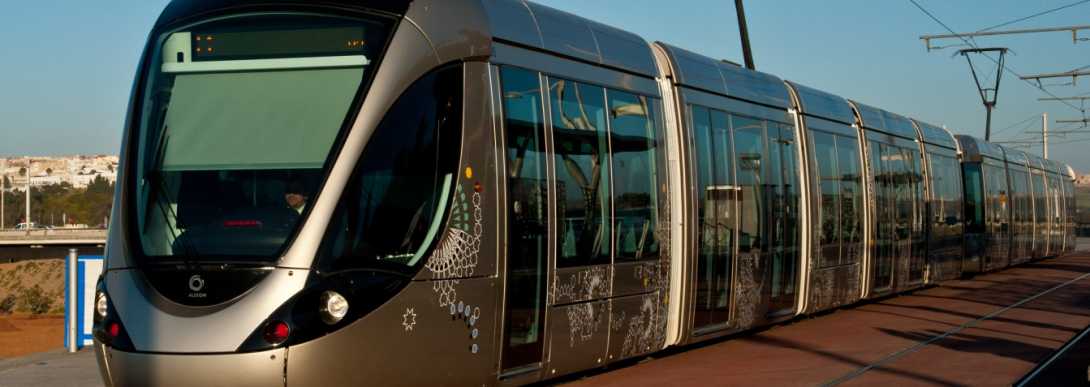
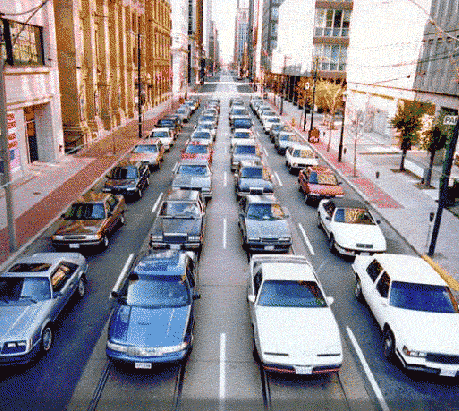
Whether you’re traveling to work, vacation, or just for a night out, before you reach for those car keys consider these eight benefits of using alternative transportation. Jumping on a train, saddling a bike, or sharing a ride could have payoffs for your health, the planet, and your pocketbook.
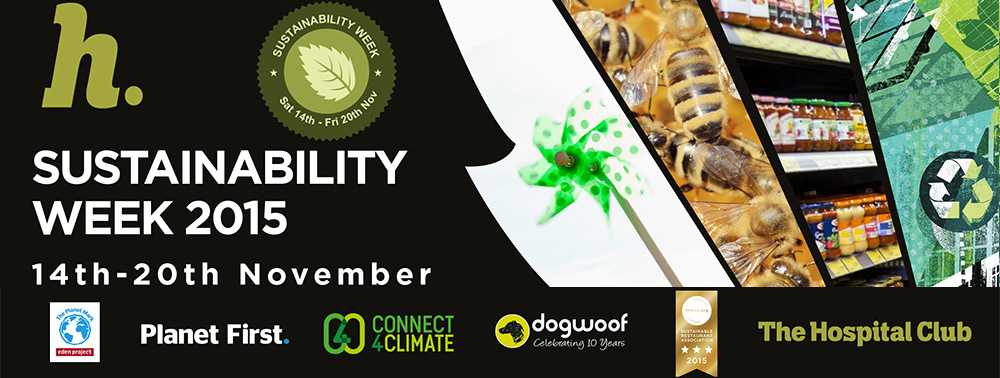
“The Hospital Club was launched to connect people and foster an exchange of ideas. Now we’re building on that mission by leveraging our network and venue to promote sustainable practices across the creative industries and make the world a better place.” – Paul G. Allen, Owner, The Hospital Club.
Cities face a mounting challenge from climate change. In developed and developing countries alike, rising temperatures, changing rainfall patterns, higher sea levels, and more frequent and severe extreme events such as droughts and floods threaten to overwhelm urban infrastructure, services and management systems. City officials recognise the need to adapt to climate change, and use scientific evidence to support their plans for doing so. But the precise details of these changes and the local impacts they will have cannot be predicted.
Hosted by the World Bank Group and supported by Italy’s Ministry of the Environment and Energy Security and Germany’s Federal Ministry for Economic Cooperation and Development, Connect4Climate (C4C) is a global partnership for a livable planet that connects, creates, and communicates to build long-lasting change for future generations.

